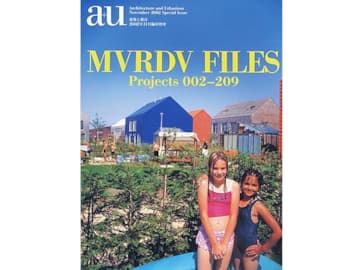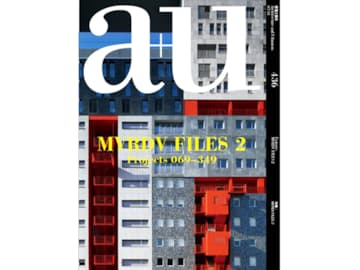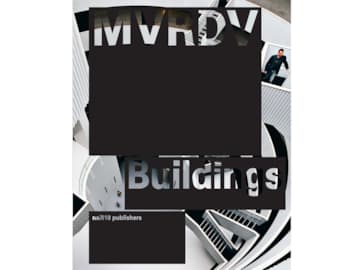
De Effenaar
The music industry has changed since the days of performers arriving in VW-vans at dingy venues tainted with the odor of cigarettes and beer. New buildings can better utilize modern capabilities. Recognising the charm of the old Effenaar club, a new more tailored music venue is formed. Program is stacked around, and directly connected to, the central performance space. The required spaces define the form of the buildings programmatic heart while simultaneously connecting directly to the park and city context.
- Location
- Eindhoven, Netherlands
- Status
- Realised
- Year
- 1998–2005
- Surface
- 4550 m²
- Budget
- €8,500,000
- Client
- Municipality of Eindhoven, NL
- Programmes
- Offices, Cultural, Bar-restaurant, Auditorium
- Themes
- Architecture, Leisure, Public, Culture
Awards
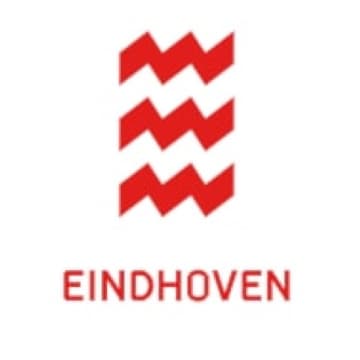
2007The bi-annual Dirk Roosenburg Award 2007 by the Municipality for Eindhoven
Nomination
With the institutionalisation of rock and popmusic, (there are professors of pop music nowadays) new, more specific buildings are required. The bands that perform are not arriving in VW-vans anymore; 18m long trucks are strandard. New buildings should be sound and vandalism proof, provide easy access for large crowds and every evening host their own subculture.
Most of these venues are now situated in old transformed buildings with prior different functions. Churches, factories or cinemas were for years hosting concerts and dance nights. They offered an alternative for the café or the discotheque. The local rockclub in Eindhoven, notorious in Holland for its acid-house, stoner-rock, and popular hiphop-nights is named the Effenaar. It is housed in an old textile factory from the late nineteenth century.
The original old Effenaar had all the characteristics of a youth centre: it was introverted and informal. It was rough and smelled like beer and cigarette smoke. Together with hall 2b and the garden along the river Dommel, this community echoed the Urania of Berlin: an enclave in the city. In what way could these charms be combined with the request and desire for more professionalism?
In order to achieve a maximal garden and optimal truck-access, the building was situated as far away from the river Dommel as possible. The result was a compact footprint and lead to a stacking of the program. All the different parts of the program of the new Effenaar got their own specific sizes and were then put in a logical order.
Small programmatic elements were identified, bundled and wrapped around a large concert venue to create an exciting, efficient and rational use of the site. This main venue is where the core business of the Effenaar takes place. The shape of the concert hall is a result of the space-requirements of the other spaces, like the smaller hall and the café/restaurant downstairs. In this way, a compact volume is made where every programmatic zone is positioned next to the concert hall and is linked to the city in front and the park behind.
Interior design by Bob Copray & Anthony Kleinepier with Frank Havermans (scretariaat), Boris Tellegen alias Delta (garderobemeubel), Anthony van de Laar (interieur kassa unit), 24h Living (meubilair artiestenfoyer), Customr (verlichting eetcafé), Demakersvan - Joep Verhoeven (Laced Fence restaurant).
Gallery

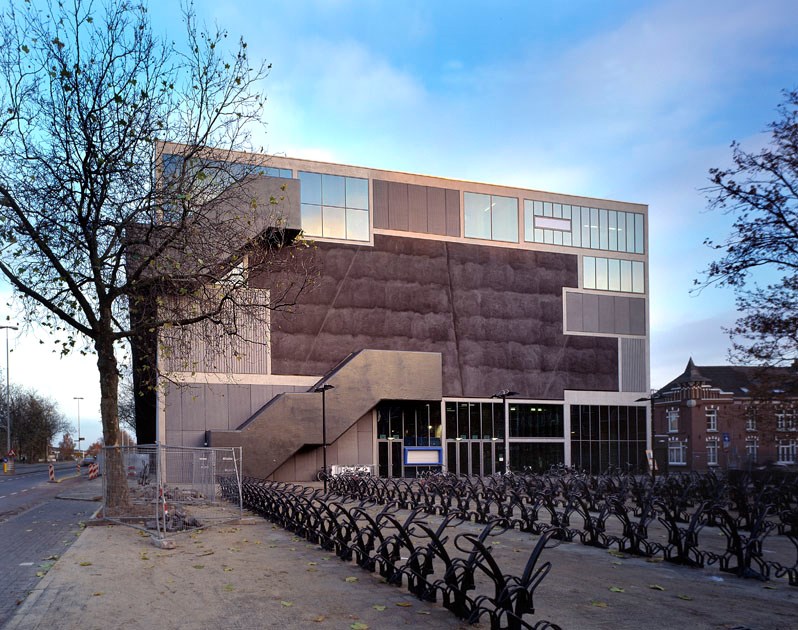




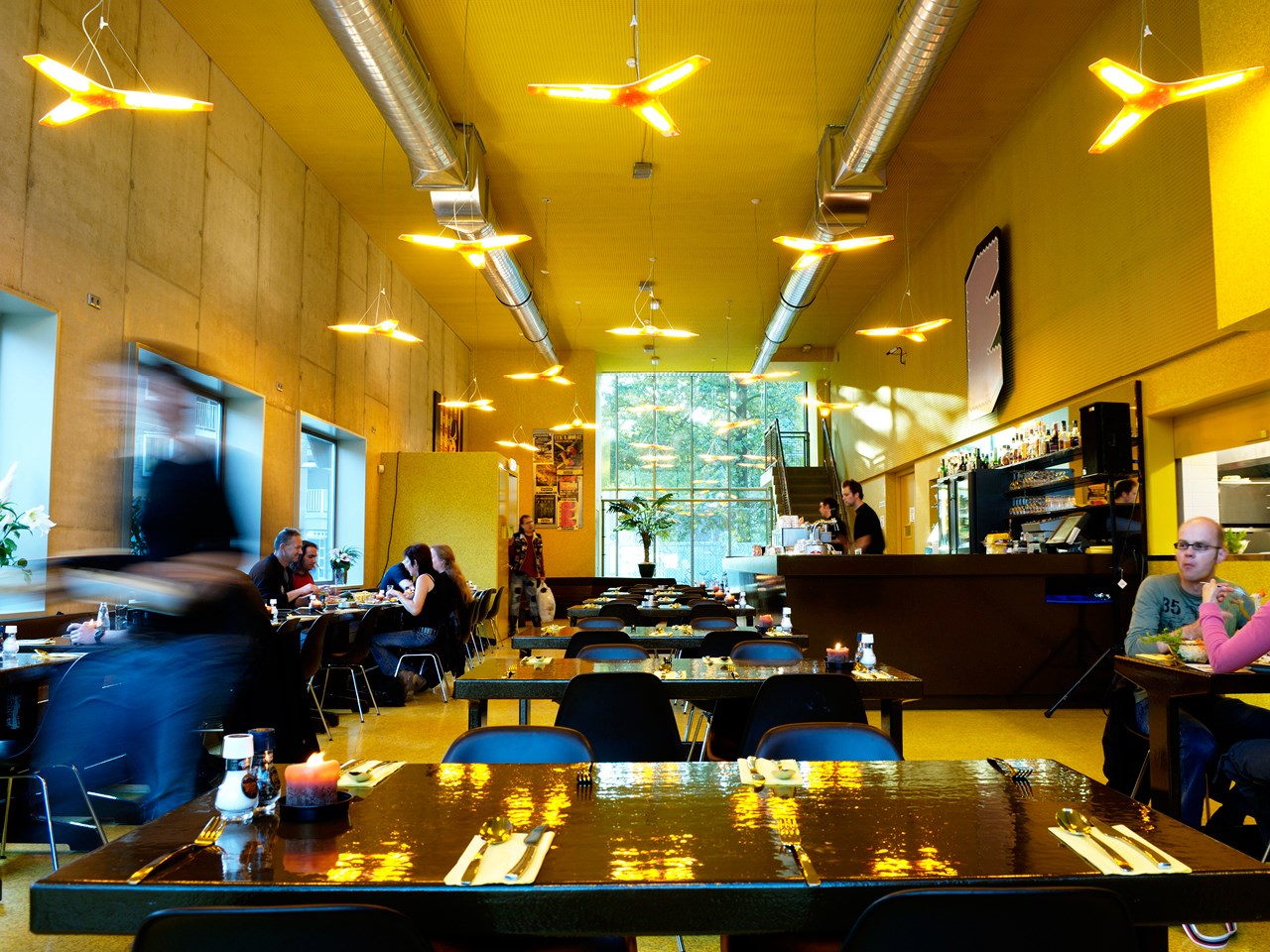
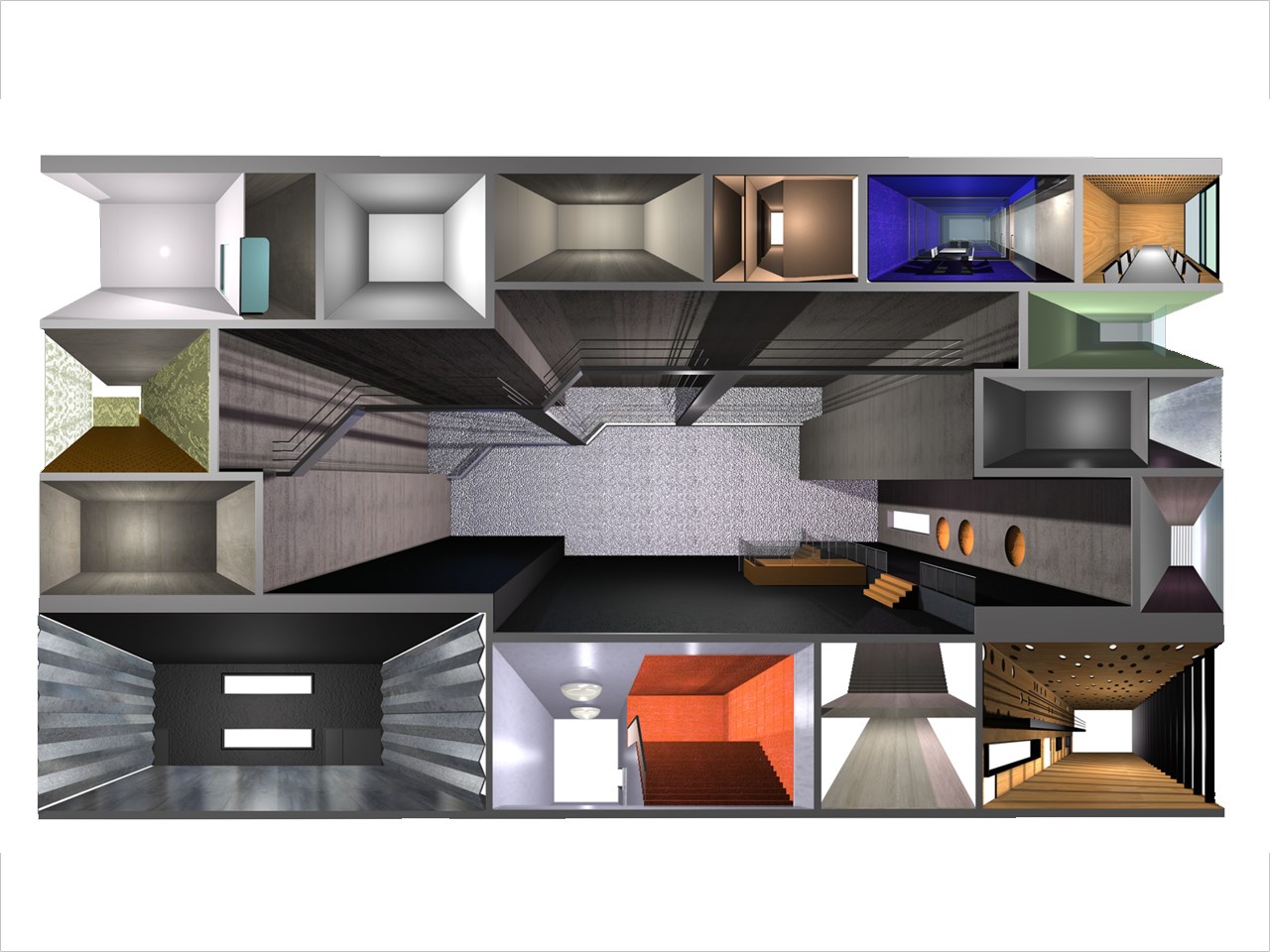
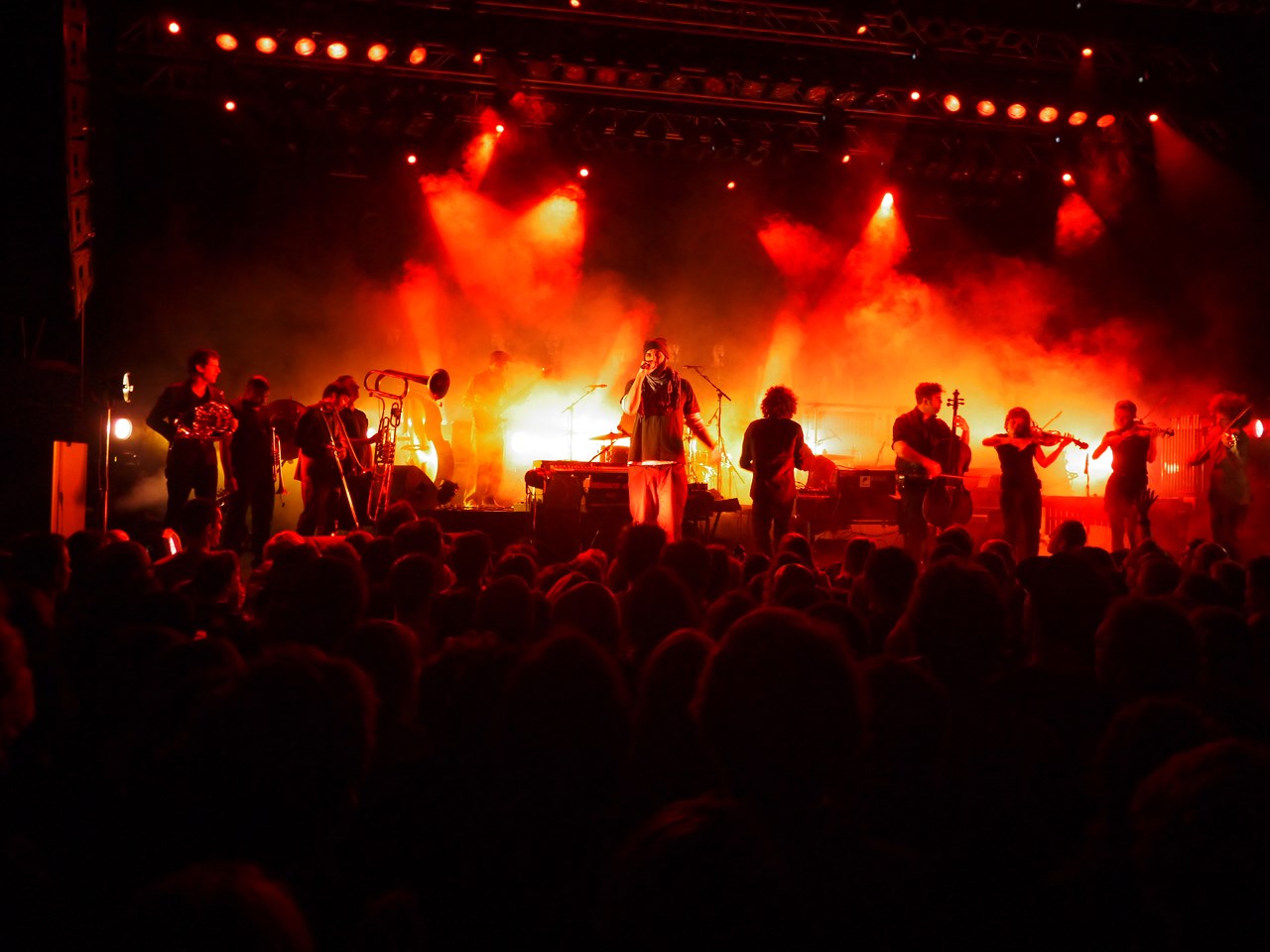

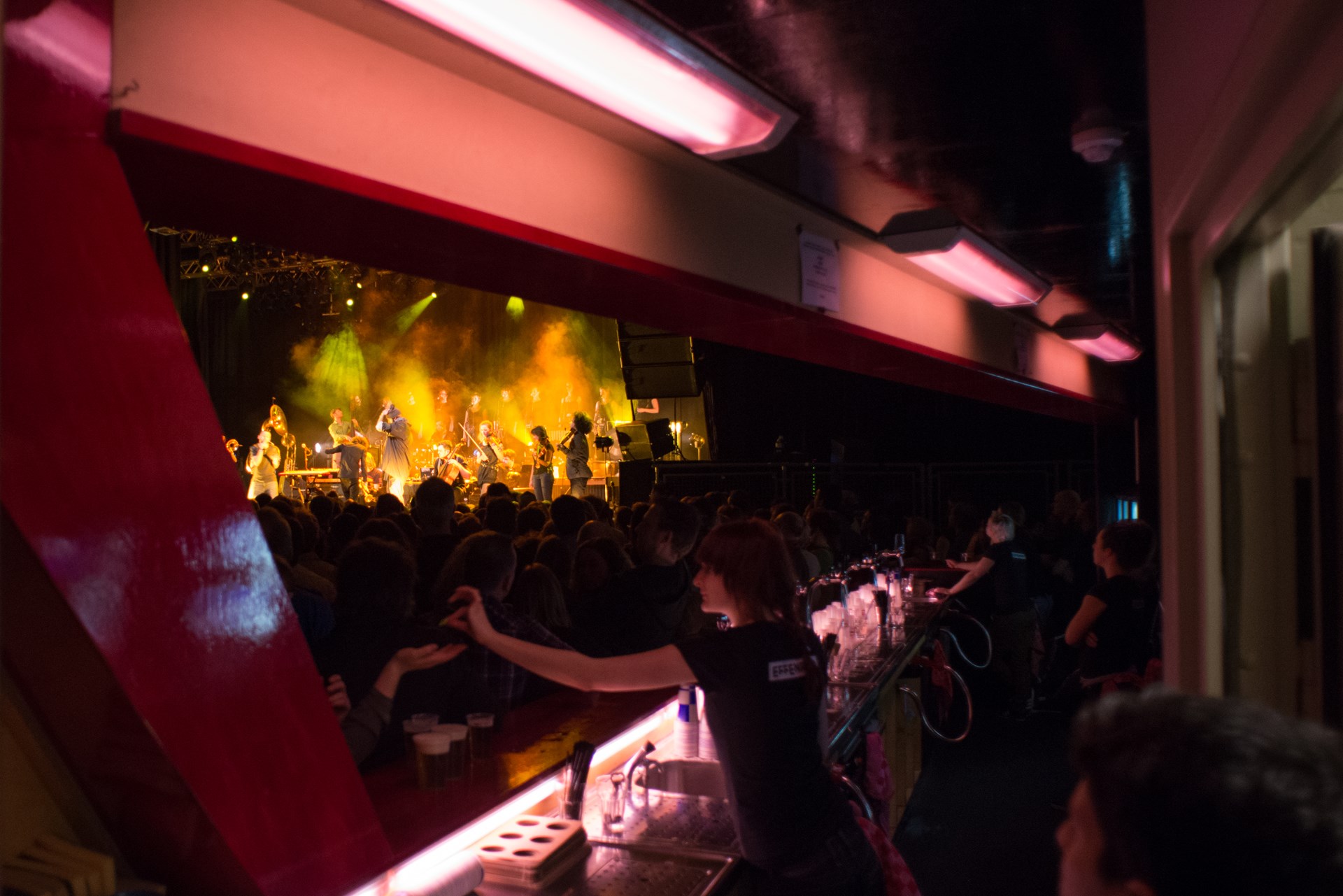
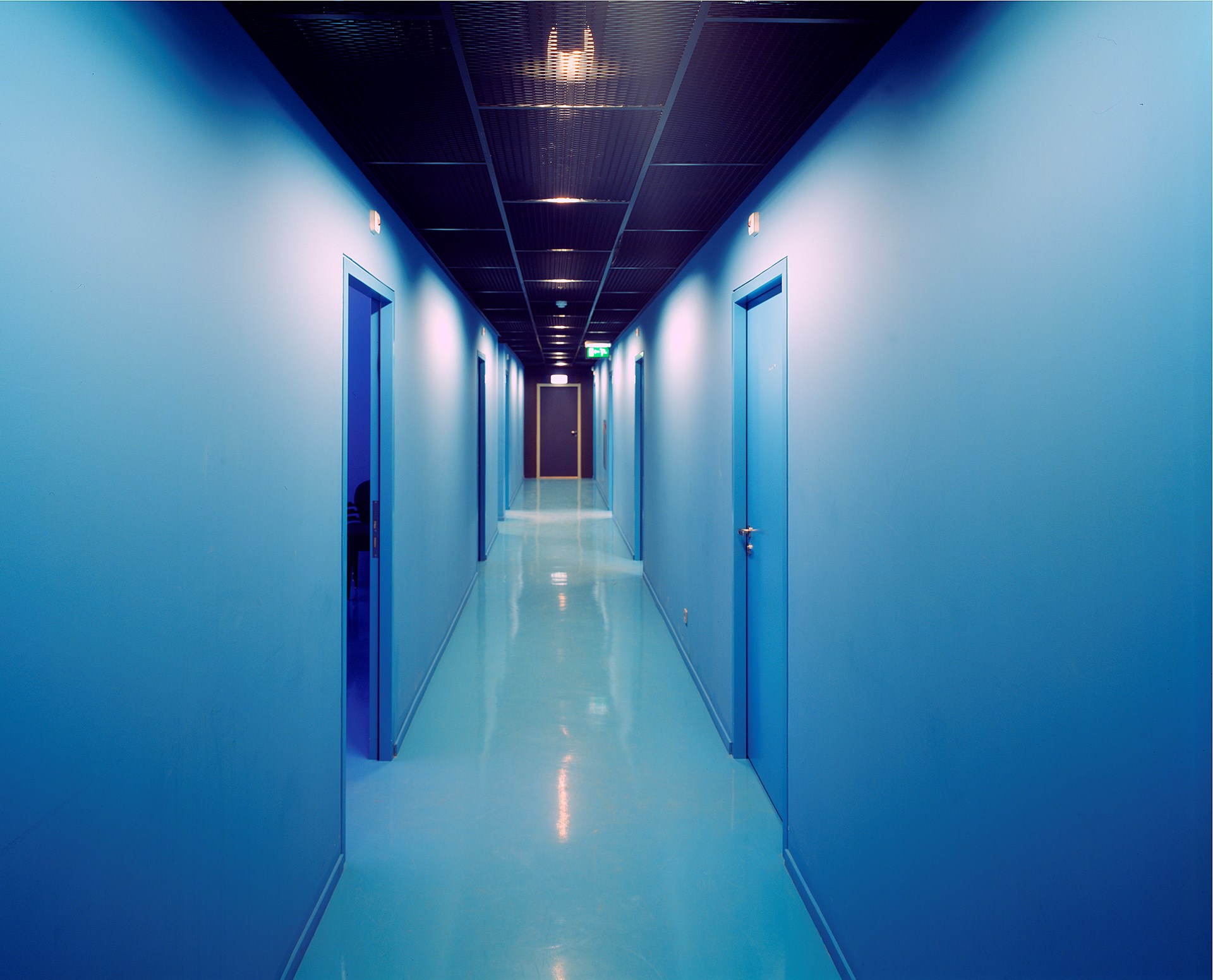

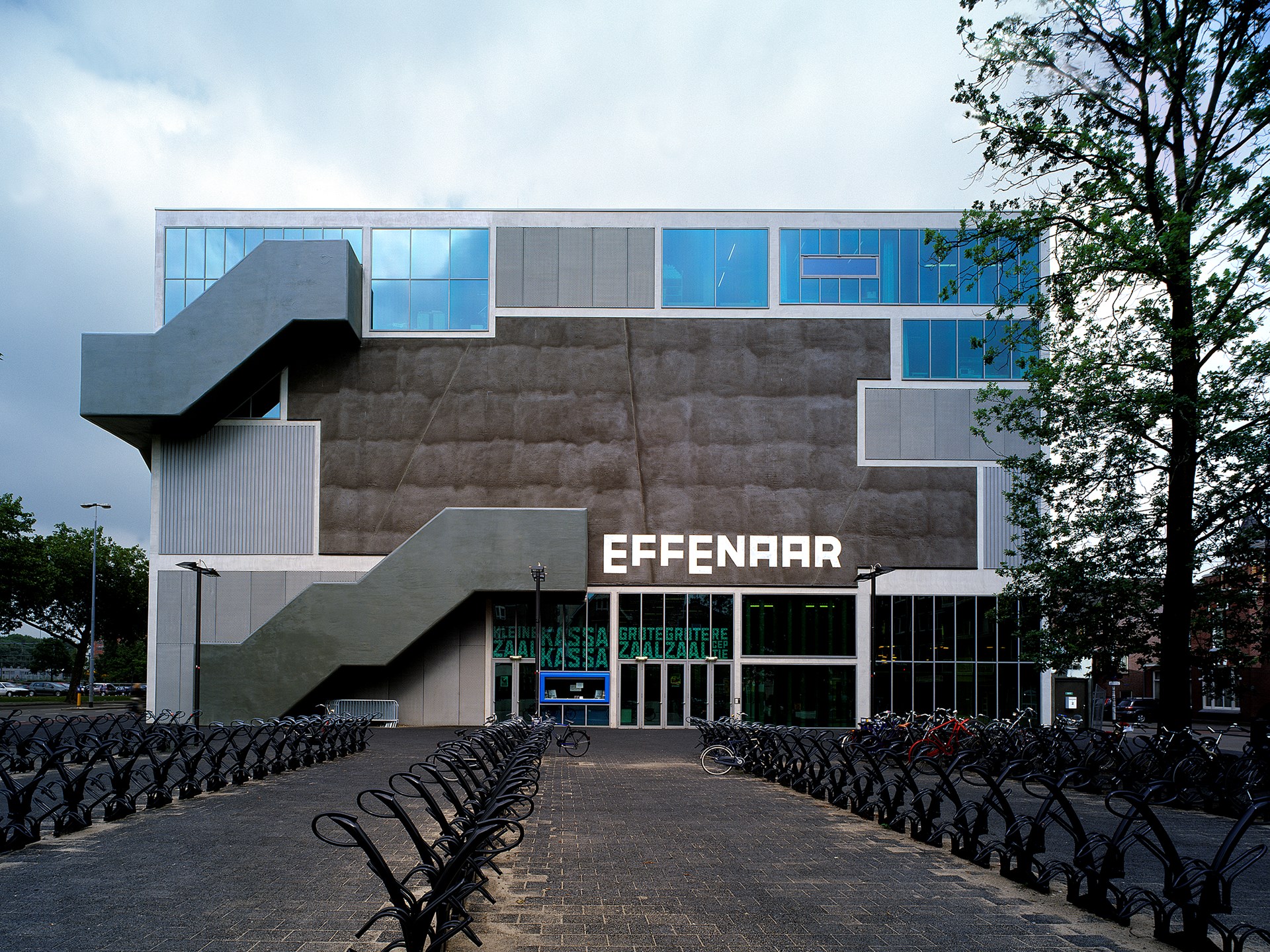
.jpg)
Credits
- Architect
- Principal in charge
- Design team
- Partners



.jpg?width=360&quality=75&mode=crop&scale=both)
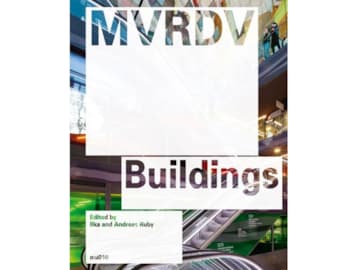
.jpg?width=360&quality=75&mode=crop&scale=both)
